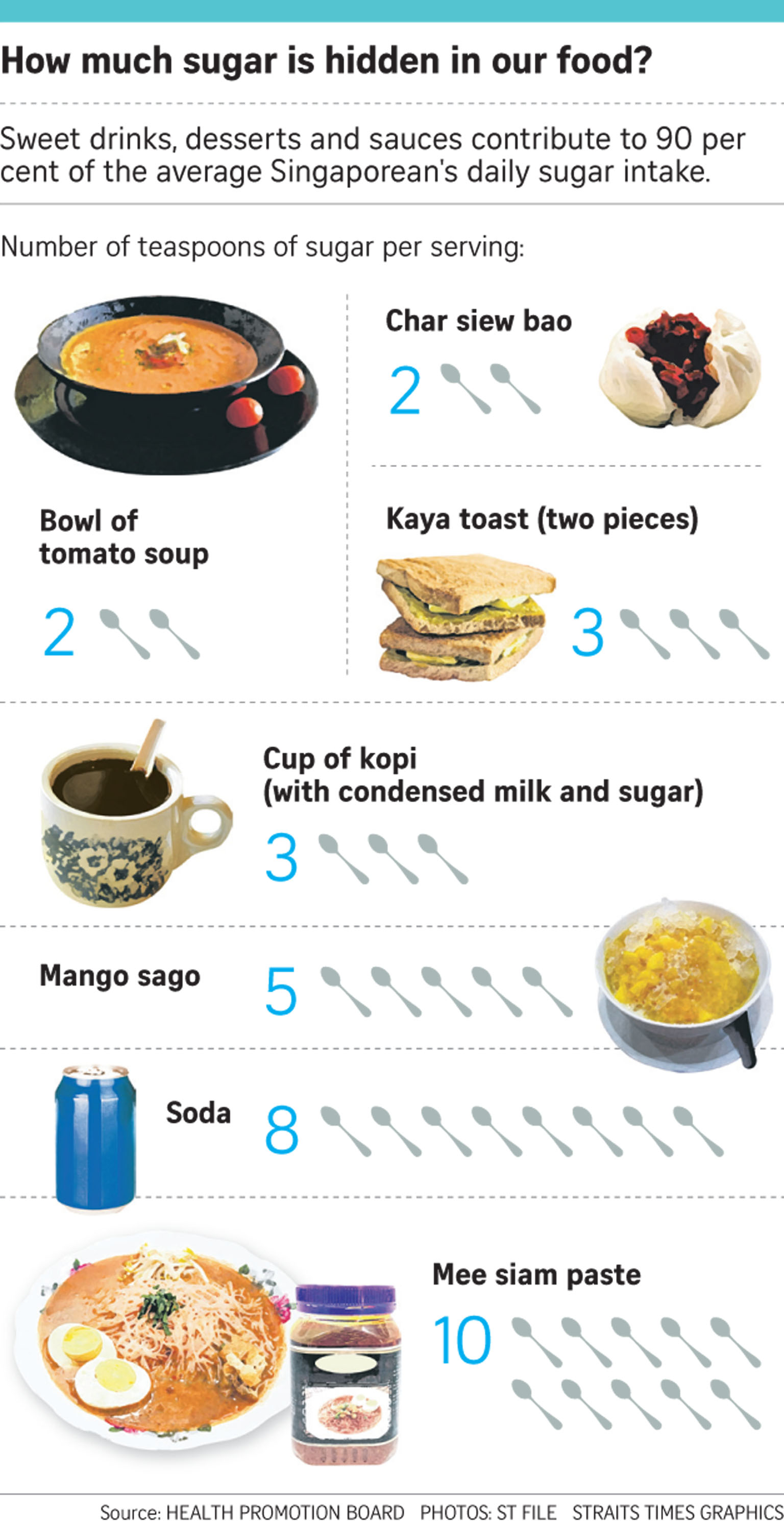Healthy and still tasty: Dishes made with sugar substitutes
Sign up now: Get ST's newsletters delivered to your inbox
Follow topic:
When TungLok founder Andrew Tjioe decided to reduce the sugar content in some of the restaurant group's signature dishes, his biggest concern was taste.
He and his team would sit down for taste tests to compare the healthier products against the originals. These included Chinese New Year favourites such as nian gao and yusheng, as well as classics such as mango pudding and glazed pork ribs.
"For the nian gao alone, we tasted it at least eight or 10 times," said Mr Tjioe, who is chief executive of TungLok Restaurants, which runs 20 food outlets in Singapore.
"The taste has to be the same as the original. You have to compare them until you yourself cannot tell the difference."
The re-imagined dishes incorporate allulose - a sugar substitute that can be found in jackfruit and figs. Unlike regular cane sugar, which has four calories per gram, allulose has only 0.4 calorie per gram.
It is also significantly more expensive. While regular table sugar goes for $1 per kg, the same amount of allulose sells for $6 to $9 per kg.
But Mr Tjioe said the prices of dishes using this new ingredient have not risen compared with last year. "Sugar is just one component," he said. "The packaging can be more expensive than that."
TungLok is the first to come on board a Health Promotion Board (HPB) drive that aims to encourage companies to replace some sugar with healthier alternatives as part of the war against diabetes. The reformulated dishes are now being sold at selected outlets, while festive favourites such as nian gao and yusheng are available everywhere.
Apart from just making a dish sweeter, sugar can contribute to a product's texture, said HPB food scientist Eunice Pang.
Slashing the use of sugar in dishes, or replacing it with healthier substitutes, can therefore be challenging.
An average Singaporean consumes 12 teaspoons of sugar a day. The recommended daily intake is nine to 11 teaspoons.
Cutting sugar intake by 25 per cent is a good figure to aim for, according to dietitian Jaclyn Reutens from Aptima Nutrition and Sports Consultants. "If it's 5 to 10 per cent, the impact on health would probably be insignificant."
She added that some people may have preconceived notions about the tastiness of healthy food. "They should (have) an open mind. Do not think that healthier food has to have less taste."
As a general rule, alternatives to sugar tend to be described as having a less intense sweetness.
Civil servant Jonathan Lim, 30, has no qualms about sugar substitutes being used in his food, saying: "As long as it still tastes good, why not? But they shouldn't drive up the price for consumers if sugar substitutes are more expensive."


